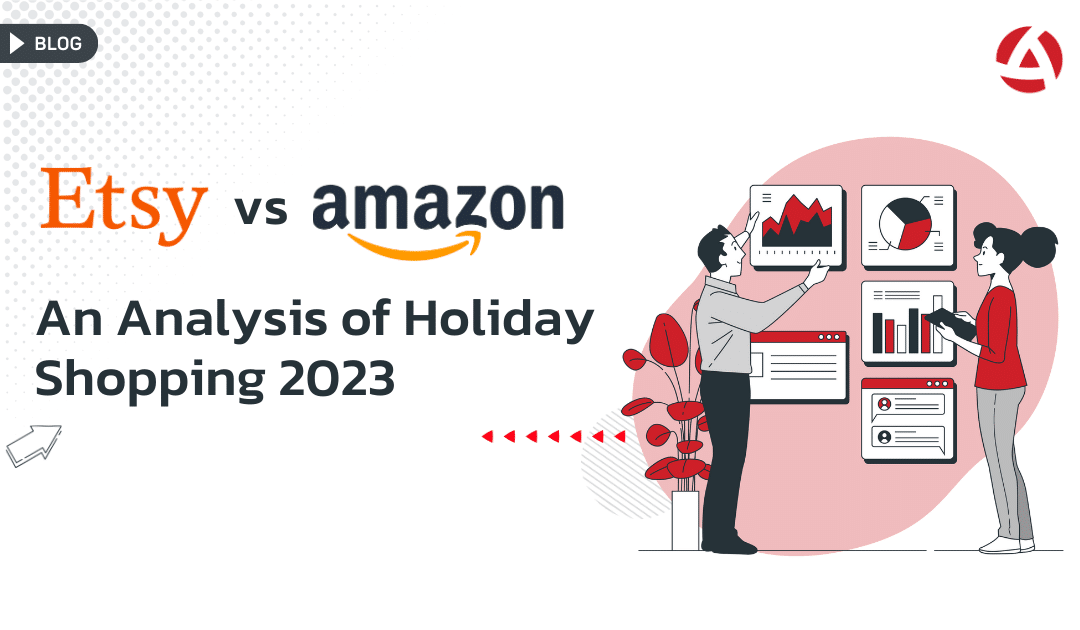Crucial Step of Listening to Customers
According to research by Oracle, 86% of consumers will pay more for a better customer experience. Increased competition is forcing companies to differentiate through the experience they provide to customers. That’s why more and more companies are investing in customer experience projects or increasing resources. If you are aware of the importance of managing customer experience but not sure where to start, this post is for you. CX management starts with listening to customers carefully.
In an ever-changing world, customers and their expectations also change. As Peter Drucker states, “if you don’t measure it, you can’t manage it.” You may have even heard the famous quote from Henry Ford, “If I had asked what people wanted, they would have said faster horses.” Not everyone could ask for what they have not yet experienced. But if you listened to their needs, you would have probably learned they wanted a fast, safe, smooth, and continuous traveling. To understand these needs, first, you need to listen to your customers and know their satisfaction level to manage their experiences. Dr. Ernesto Sirolli explains in his TED talk that listening is essential when you want to change something. It seems easy, but unfortunately, most companies still don’t have a mature Voice of Customer program.
Start with the Strategy
Before implementing a VoC program, it is crucial to building a strategy that fits and supports the overall growth strategy. Beginning with top management, gaining the trust and support of all related departments is a top priority in delivering exceptional customer experiences. Start by defining these four key points.
First building block: Listening
Building a robust voice of customer listening design is an essential first step in a VoC program. It is essentially made of four steps:
1. Setting the right metrics. For measuring customer experience, define which metrics you will measure in each touch point and/or journeys. Based on my professional expertise, start with using the Net Promoter Score for the company’s performance and Customer Satisfaction Score for touch points. Customer Journey Score is significant for customer experience allowing you to see an end to end experience for each specific lifetime of the customer. Let’s look at the two widely used metrics and how to use them in a VOC program
a) NPS: Reichheld found the Net Promoter Score in 2003. Basically, you ask your customers how likely they would promote your brand to their friends and family. You calculate the result by Promoters ratio (9-10 scores) – and Detractors Ratio (0-6 scores). NPS became popular because it has the highest correlation with business metrics such as growth. It is a tool to leverage customer experience; it should not be your company’s primary goal.
b) CSAT: Customer satisfaction score is generally used after a transaction. For example, after a customer’s activity with the call center, after or during a branch visit or while using the mobile application. Companies want to know the satisfaction ratio based on that specific transaction. An example question might be: How would you rate your overall satisfaction with the [goods/service] you received? While the respondents use a scale from 1 to 5; 1: Highly unsatisfied, 5: Highly satisfied.
2. Defining Touch Points: After you decide on these metrics, you must define which touch points you are going to measure. You can think beyond the call center, branch, or digital channels. Some other essential touch point measurements include; invoice satisfaction, agent satisfaction, or IVR (Interactive Voice Recognition) satisfaction. A touch point where there is a high volume of customer interaction is a good place to start.
3. Choosing the Right Channel: There are a lot of channels for measurement that you can use like Face to Face, IVR, SMS, E-mail, CATI, or Web link. You should pick the right one based on which metrics you will use and what your customers’ preferences are. The key is to make the measurement experience natural and part of the actual transaction. Measuring on the same channel is a good practice. For example, if the customer did the transaction in the mobile channel, collecting the feedback right at that point in the mobile. Similarly, if it is a phone transaction, an end of message survey with IVR would be most natural. If the channel is not a direct channel, like a store or branch transaction, then SMS or IVR might be good options. Scores might differ based on your channel. Do not change the channel in the middle of the year and be aware that scores also might change if the channel changes.
4. Tracking the Results: Tracking and improving your performance is key in delivering exceptional customer experiences. Both front line employees and the customer experience managers need to track the results. Alterna CX provides role-based dashboards for different levels in an organization. When store/branch managers can track their performance, customer experience managers can oversee all the store/branch journeys.
Organizations can immediately start getting insights right after the activation of a listening mechanism. They can have a great preliminary view of their customer experience performance and trends. Once the listening part of the Voice of Customer Program is up and running, the next step is to add a mechanism for ‘closing the loop’ so that feedback turns into action. To read more on the topic here is an article on Real-Time Feedback through Continuous Improvement Loop.




